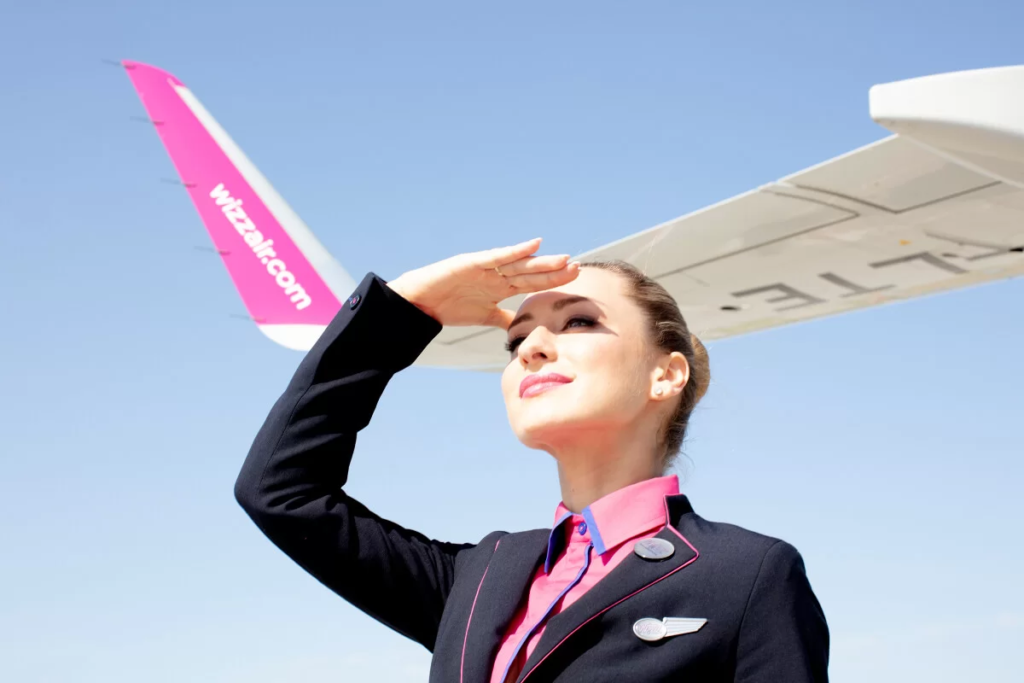Budget airline Wizz Air has introduced a new ‘all you can fly’ subscription service, offering unlimited flights for an annual fee of €499 (£428; $549). This subscription model, which mirrors similar schemes by US-based Frontier Airlines and Malaysia’s AirAsia, is aimed at boosting customer engagement and loyalty.
The subscription deal, available at a discounted price until August 16, will then increase to €599. Starting in September, subscribers can book flights to destinations across Europe, North Africa, the Middle East, and Asia. The subscription requires a minimum three-day advance booking and includes a flat fee of €9.99 per flight.
Wizz Air has announced that it will offer 10,000 subscriptions, distributed across its operating airports. However, potential customers have reported issues with availability, with some ‘airport of preference’ options already showing as sold out on the company’s website. The site includes a notice stating, “In the case that you are unable to select your preferred airport, please note that the limit has been reached and Wizz Air is unfortunately unable to offer you a Wizz All You Can Fly membership at this time.”
The subscription service comes amidst ongoing criticism of Wizz Air’s performance. The airline has faced scrutiny in the UK for poor customer service and frequent flight delays. According to recent data, Wizz Air was named the worst airline for UK flight delays for the third consecutive year, with an average delay of 31 minutes for departures from UK airports. Additionally, the consumer group Which? has labeled Wizz Air as the worst performer in customer service.
In June, Wizz Air was fined €770,000 by Hungary’s competition authority for misleading communications, including the promotion of more expensive travel packages. The airline has contested the fine, asserting that it “questions the legality of the fine, disagrees with its reasoning, and is taking legal action.”
Further compounding its challenges, Wizz Air reported a 44% drop in first-quarter operating profit this August and revised its annual profit forecast downward. Despite these issues, the airline is betting that its new subscription model will attract budget-conscious travelers and provide a boost to its struggling business.
As Wizz Air navigates these hurdles, the success of its ‘all you can fly’ subscription service will likely be closely watched by both consumers and industry analysts.


